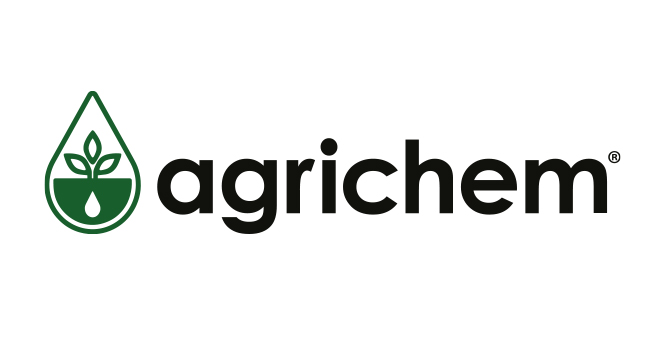
SUPA ZINC %5,5 ZN
GUARANTEED CONTENT -% W / W
Water soluble zinc (Zn): 5.5
EDTA chelated zinc (Zn): 5.5 (Zinc is chelated with 100% EDTA.)
The pH range in which the chelate is stable: 7 – 7.5
Packaging: 17 lt, 60 lt
Miscibility: It can be mixed by making a preliminary trial. It can be mixed with many pesticides.
Specifications
It is a 0 EDTA chelated liquid solution made to eliminate and prevent zinc deficiency. It is applied to the plant through the leaf. In plants that do not get enough zinc, leaves do not grow, remain small and weak. Rosettes are formed on fruit trees. Yellowing is observed on young leaves.
Method Of Application
FERTILIZATION PROGRAM:
Shake the package thoroughly before use. Pour the recommended dose of Supa Zinc into the tank filled with 2/3 of water. Avoid application in dry, high humidity, frost and rain conditions.
Greenhouse Use: It is used with 100 l water at a dose of 100 ml per decare. General recommendations given in the table are followed for the application time
Detailed Table Information
| Plant Name | Advices |
|---|---|
| Peach, Cherry, Apricot, Plum | Mixing 150 ml of Supa Zinc into 100 l water is used before blooming when the buds wake up and during the pink eye period. Zinc accumulation in the spring’s eyes is guaranteed with the application to be made after the fruit harvest before the leaves fall, as in the case with soft seeds. |
| Hard Cores | Mixing 150 ml of Supa Zinc into 100 l water is used before blooming when the buds wake up and during the pink eye period. Zinc accumulation in the spring’s eyes is guaranteed with the application to be made after the fruit harvest before the leaves fall, as in the case with pome fruit. DRUPE FRUİT (PEACH, CHERRY, APRICOT, PLUM etc.) |
| Apple, Pear, Quince | Mix 150 ml of Supa Zinc in 100 l water and apply when the eyes burst and after flowering. It should not be used during flowering. The most important application time is after the fruit is collected (before the leaves fall off). During this period, the same doses are used and allow zinc accumulation in the eyes of next spring. |
| Cereals | It is used at a dose of 100 ml per da during the tillering period. It can also be mixed with herbicide thrown in this period. |
| Corn, Sorghum | It is used at a dosage of 100 ml per decare, in the 3-8 leaf stage. |
| Paddy | It is sprayed on the leaves at the beginning of tillering at a dose of 100 ml per decare. |
| Legumes | It is used at a dosage of 100 ml per decare when the plant height is between 5-15 cm. |
| Citrus | By mixing 150-200 ml of Supa Zinc in 100 l water, it is applied at the time of spring and autumn shoots. |
| Cotton | It is used at a dosage of 100 ml per da, 3-4 weeks after gramination |
| Vineyard, Olive | 100 ml of Supa Zinc is mixed into 100 l water and applied after the flower buds are separated (before flowering) and after harvest (before the leaves fall off). |
| Sugar Beet, Sunflower, Tomato, Pepper, Eggplant, Melon, Watermelon | It is used at a dose of 100 ml per decare, in the period of 4-6 leaves. (in the field) |
| Strawberry | It is used at a dose of 50 ml per decare, in green eye period, at a dose of 25 ml per decare, in white eye period and until the regrowth period after harvest. |
| Potato | It is used at a dose of 100 ml per decare, 1 week after the exit is completed. |
| Cherry, Walnut | It is applied by mixing 100 ml of Supa Zinc in 100 l water, immediately after flowering, with a good coating. It is repeated every 2-3 weeks. |
| Soybean | It is applied at a dose of 100 ml per decare, in the early development period after emergence or when sufficient leaf surface is formed in the plant. |
| Peanut | It is applied at a dose of 250 ml per decare, in the early development period after emergence or when sufficient leaf surface is formed in the plant. |
| Hazelnut | It is used between March and June at a dosage of 100 ml per 100 l water. |
